How to tie a float to a fishing line with an eye, attaching a float from below with a ring, a sliding float, how to attach it to a fishing line and how to attach a through float to a float tackle – photo instructions. A lot depends on how the float is attached to the line. In principle, all floats are divided into deaf and sliding, although there are also intermediate options when, if desired, a sliding float can be made deaf and vice versa. But such floats always have a long keel, which makes it difficult to transport them safely.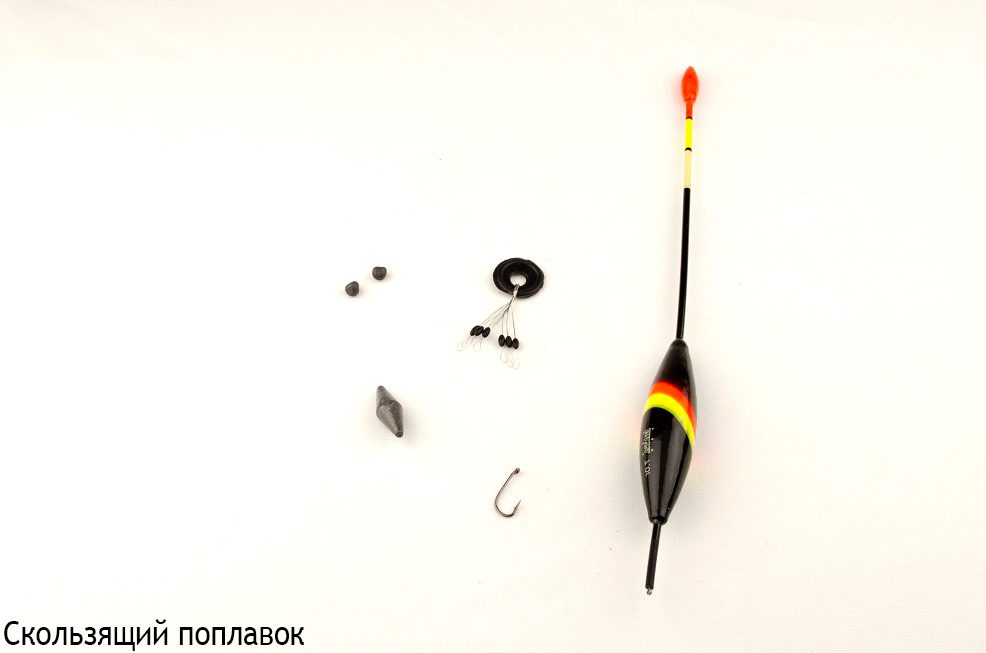
 Sliding floats have a completely different task. They are designed for fishing at great depths. Thanks to the stopper attached to the fishing line above the float, the latter stops at the depth that the angler needs. Sliding floats are available in several versions. The most common is a float with two rings – one on the body of the float, the second at the end of the keel. They do not have any special advantages over deaf floats, except that they can be caught at great depths.
Sliding floats have a completely different task. They are designed for fishing at great depths. Thanks to the stopper attached to the fishing line above the float, the latter stops at the depth that the angler needs. Sliding floats are available in several versions. The most common is a float with two rings – one on the body of the float, the second at the end of the keel. They do not have any special advantages over deaf floats, except that they can be caught at great depths. Another thing is the float, which has a single ring at the end of the keel. Imagine that such a float flies with a streamlined rear end forward, due to which its aerodynamic qualities increase dramatically. Such floats are caught when a long cast is required.
Another thing is the float, which has a single ring at the end of the keel. Imagine that such a float flies with a streamlined rear end forward, due to which its aerodynamic qualities increase dramatically. Such floats are caught when a long cast is required. Fishing with sliding floats is possible only with stoppers. The upper stop is placed in order to set the float at the desired depth. But often they also put a lower stopper so that the sinker located above does not break the knot that fixes the main fishing line. This applies only to sinkers of the “olive” type. If you use a chain of pellets, then the lower stopper is not needed. By the way, there are designs of sliding floats with a through hole, that is, without any rings. The thought immediately comes to mind that in the wind the float will lie on its side, since the main sailing element – the fishing line – will stick out.
Fishing with sliding floats is possible only with stoppers. The upper stop is placed in order to set the float at the desired depth. But often they also put a lower stopper so that the sinker located above does not break the knot that fixes the main fishing line. This applies only to sinkers of the “olive” type. If you use a chain of pellets, then the lower stopper is not needed. By the way, there are designs of sliding floats with a through hole, that is, without any rings. The thought immediately comes to mind that in the wind the float will lie on its side, since the main sailing element – the fishing line – will stick out. Is it possible to fix a deaf float without using cambrics and a stopper? Anglers have come up with several ways, however, they are usually used in force majeure situations. For example, the cambric is torn, but there is no spare. Then you have to use only the bottom ring. The line is passed through it three times, and the float is stabilized for fishing at a certain depth. True, moving it is already a problem. The second way, to tie a float to a fishing line with an eye at the bottom without stoppers, is that a loop is made from the fishing line, threaded into a ring and tightened. It turns out reliable, but again inconvenient.
Is it possible to fix a deaf float without using cambrics and a stopper? Anglers have come up with several ways, however, they are usually used in force majeure situations. For example, the cambric is torn, but there is no spare. Then you have to use only the bottom ring. The line is passed through it three times, and the float is stabilized for fishing at a certain depth. True, moving it is already a problem. The second way, to tie a float to a fishing line with an eye at the bottom without stoppers, is that a loop is made from the fishing line, threaded into a ring and tightened. It turns out reliable, but again inconvenient. Unfortunately, when fishing, there are situations when a ring flies out of the body of the float. With the current quality of floats, this happens quite often. Fishing turns into torture. A float with one lower mount flies in the wrong place, the bite is fixed somehow. I recommend always taking superglue with you when fishing. In a situation with a float, you need to slightly open the hole from the ringlet, drop superglue there and insert the ringlet. Until the end of fishing should be enough.
Unfortunately, when fishing, there are situations when a ring flies out of the body of the float. With the current quality of floats, this happens quite often. Fishing turns into torture. A float with one lower mount flies in the wrong place, the bite is fixed somehow. I recommend always taking superglue with you when fishing. In a situation with a float, you need to slightly open the hole from the ringlet, drop superglue there and insert the ringlet. Until the end of fishing should be enough.
Superglue will also come in handy when a tulip falls off on a fishing rod or spinning rod. If you later want to change the tulip, just heat the tip of the rod with a lighter and the tulip will come off like a pretty one. Remember – only superglue, other compositions are not suitable.
If you don’t have this magic tool, you will have to finish fishing with a float that has only the bottom ring left. Of course, you do not have any cambric or nipple rubber bands. An ordinary match will help, and if there is not even one, since now everyone uses lighters, then a twig from a bush. Take a branch about the diameter of the ringlet, carefully grind it and insert it into the ringlet so that the fishing line moves with effort. The repaired float will please you with range, but in the wind it will tilt sideways. He will fix bites – either for a flood, or for a rise. When hooking, it is likely that it will slide down, and with a power cast, vice versa. You have to correct it regularly. Several ways to attach a float to a fishing line, including how to tie and secure a float with an eye at the bottom: https://youtu. be/PZ_dPFvl42I Another option you can try if you have a set of shotguns with slots. The float will hold securely, but you will have to change the weight, and it will be quite difficult to move it along the fishing line. In fact, only amateurs go fishing with one float. Experienced anglers always have a reserve, albeit not for all occasions, but for a particular reservoir it is necessary. The tubes contain both sliding and deaf floats, with different markings, and other fishing personal belongings – ready-made leashes, sets of sinkers, etc. Therefore, seasoned anglers never encounter the situations described in this article. I advise you to approach fishing with responsibility, so as not to encounter such troubles. but you will have to change the load, and it will be quite difficult to move it along the line. In fact, only amateurs go fishing with one float. Experienced anglers always have a reserve, albeit not for all occasions, but for a particular reservoir it is necessary. The tubes contain both sliding and deaf floats, with different markings, and other fishing personal belongings – ready-made leashes, sets of sinkers, etc. Therefore, seasoned anglers never encounter the situations described in this article. I advise you to approach fishing with responsibility, so as not to encounter such troubles. but you will have to change the load, and it will be quite difficult to move it along the line. In fact, only amateurs go fishing with one float. Experienced anglers always have a reserve, albeit not for all occasions, but for a particular reservoir it is necessary. The tubes contain both sliding and deaf floats, with different markings, and other fishing personal belongings – ready-made leashes, sets of sinkers, etc. Therefore, seasoned anglers never encounter the situations described in this article. I advise you to approach fishing with responsibility, so as not to encounter such troubles. The tubes contain both sliding and deaf floats, with different markings, and other fishing personal belongings – ready-made leashes, sets of sinkers, etc. Therefore, seasoned anglers never encounter the situations described in this article. I advise you to approach fishing with responsibility, so as not to encounter such troubles. The tubes contain both sliding and deaf floats, with different markings, and other fishing personal belongings – ready-made leashes, sets of sinkers, etc. Therefore, seasoned anglers never encounter the situations described in this article. I advise you to approach fishing with responsibility, so as not to encounter such troubles.If you are fond of investments, then I recommend an excellent article about calculating commissions and expenses on brokerage accounts .
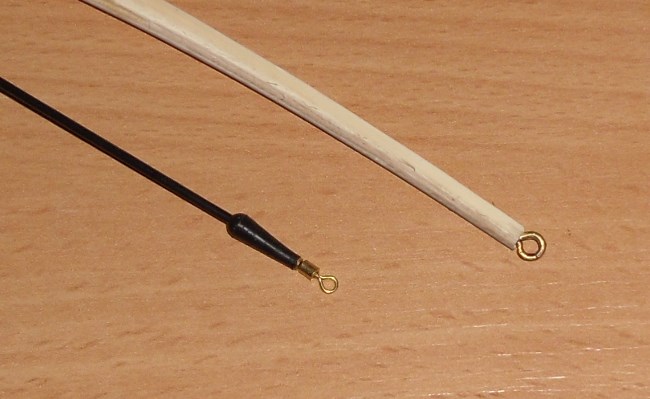

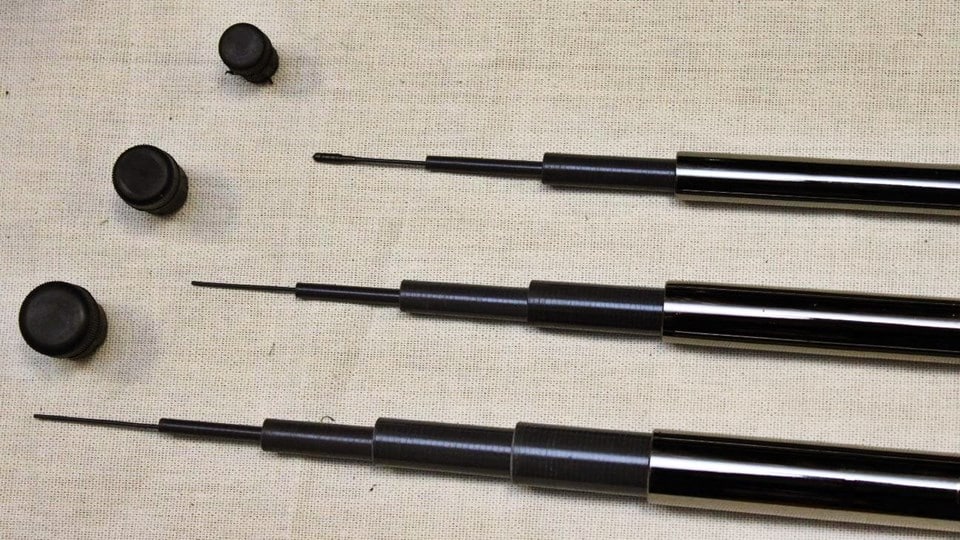
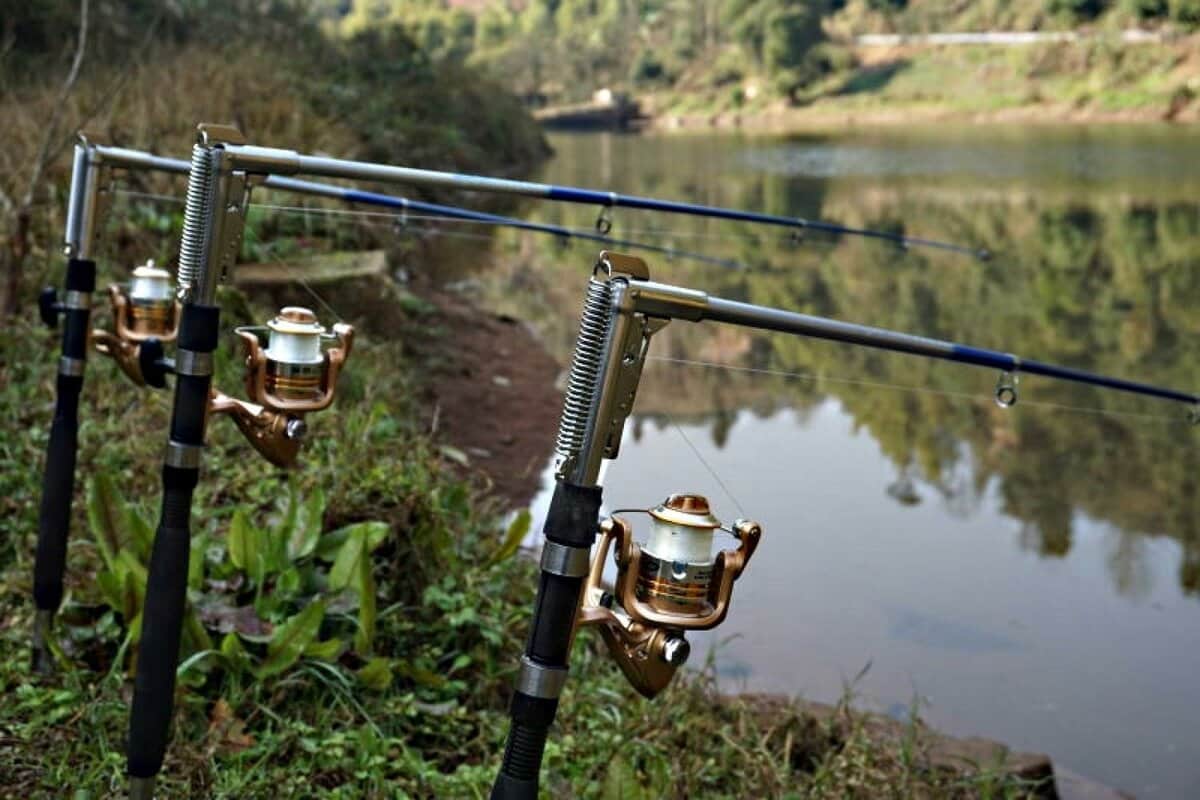
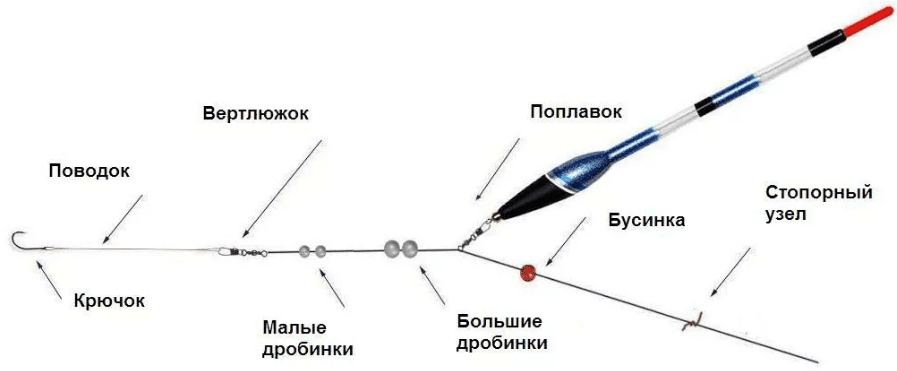
А изолента стоит огромных денег и весит как бутылка водки ?! Положи в рюкзак , и вот тут она тебя выручит – полоска шириной 5 мм и длинной 20-30 мм ,а дальше только твои руки …